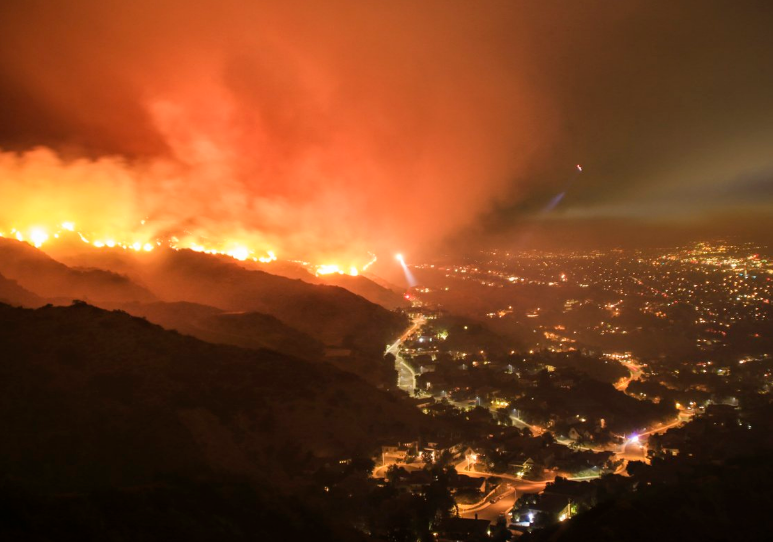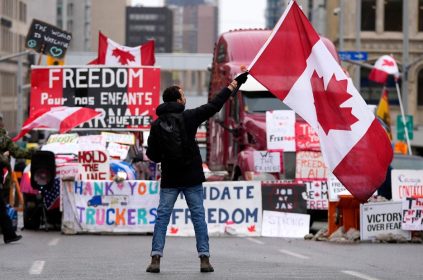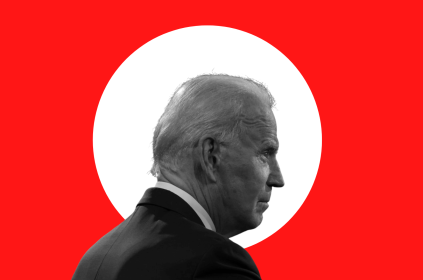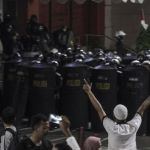On Tuesday, an uncontrollable northwestern Alberta wildfire top ranked at the highest possible danger level. The dry and windy weather of the region will increase the potential of the danger.
The rank of High-Level fire is at Level 6. It’s the top of the wildfire intensity scale. In this spring season, wildfires are way more prone than any other season. The reason behind so is the changing of weather with increasing dry and hot conditions along with growing greenery.
On Tuesday, The premier visited the site to see the fire firsthand. Kenny said, “Everything is being done that can be done in this circumstance, but this is one very big fire. The best that can be done right now is to try and defend this town.”
The High-Level area has not seen the significant fire in the last 80 years. However, it is quite common in northwest Canada especially Northwestern Alberta Wildfire.
As we earlier mentioned in the previous article, the province ordered an emergency evacuation in the region.
If you want to know more about Alberta Wildfire then click here.
About 3 air tankers, 24 helicopters and 89 firefighters are trying to control the fire. Alberta is looking forward to other provinces such as BC, Ontario and Nova Scotia for help.
Fortunately, there is no damage to the properties and no possible injuries. The power outage issue is still going on along with the interrupted circular service. Henceforth, people cannot come to their houses for more five days.
Not just that, two businesses near High Level i.e. the Tolko sawmill and the Norbord OSB plant suspended their operation due to wildfire.
650 people and 150 people sought shelter at the Slave Lake and La Crete emergency reception centre due to Northwestern Alberta Wildfire.
Agriculture & Forest minister & Municipal Affairs minister also met the operation centre workers.
Also Read: Trudeau Credits Immigration System At Collision Tech Conference, Toronto.
Evacuated residents sought shelter at Slave Lake and High Prairie. Noticeably, Slave Lake can lodge up to 1200 people. The Legacy Centre will also open 24 hours a day.
The Alberta government issued a fire ban and restricted off-highway vehicle use for numerous parts of the province late last week due to forecasts that called for little precipitation and strong winds.
Kenney in facebook video said, “It’s fairly typical, of course, to have a number of wildfires after the snow, the winter runoff, is gone and before there is much precipitation. There’s no forecast for precipitation, so the risk remains fairly high.”
On Monday, a resident of High Level, Chelsea Kazonay and her three young children left the place and are staying at the Dene Wellness Centre at the K’atlodeeche First Nation Reserve, outside Hay River, N.W.T.
Kazonay said once the evacuation order was issued, she didn’t have much time to gather her things, grabbing a few clothes and identification.
Officials have been arranging transportation for residents who can’t get out on their own. Alberta Health Services said it had evacuated 20 patients from the Northwest Health Centre in High Level and relocated them to other communities.
April Martel, chief of the K’atl’odeeche First Nation said the first people began to arrive at the Dene Wellness Centre late Monday.
Martel said, “I think High Level would do the same for us if we were in this matter. So I think we should help out because we’re three hours away.”
Did you like the information? Then, do share it and drop a heart. ❤️
If you have any suggestions or queries then let us know by commenting below. For more fresh news & updates don’t forget to subscribe to Daily Patron.
















